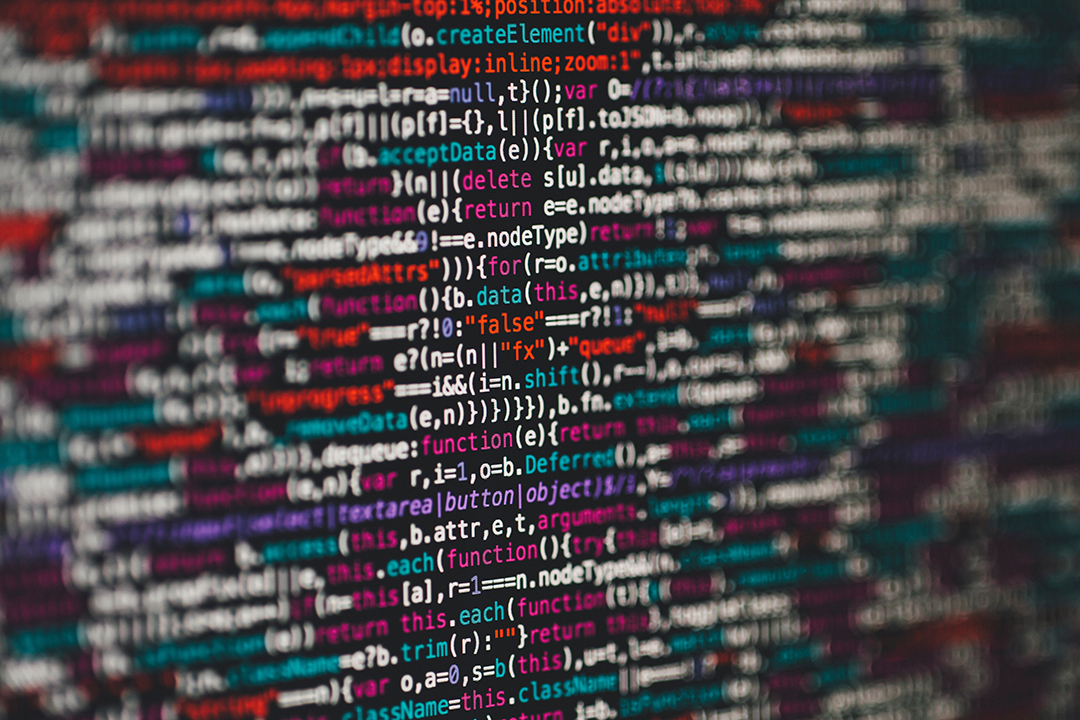Since the SDG Knowledge Weekly last covered blockchain technology, activity around the technology at the UN has not slowed down. Blockchain for Impact hosted a summit in June to address responsible guidelines for industry governance, among other topics, and a side event on blockchain’s role in advancing the SDGs took place in the margins of the UN High-level Political Forum on Sustainable Development (HLPF) in July. This brief complements these events by reviewing recent published work on blockchain and highlighting developments in other financial and mobile technologies.
A report by the Institute for Global Environmental Strategies (IGES) examines blockchain’s applications in the financial, business, public and climate change sectors in order to assess the technology’s contributions to the SDGs. The report, authored by Alexis Rocamora and Aryanie Amellina, identifies 100 applications of the technology and maps these across the above sectors and the SDGs. The exercise shows that although the technology can contribute to all 17 Goals, blockchain is most relevant to SDGs 8 (decent work and economic growth), 9 (industry, innovation, and infrastructure), 10 (reduced inequalities) and 16 (peace, justice and strong institutions). However, the authors note issues around adopting the technology, stemming from technical, regulatory and social challenges.
Badreddine Tazrouti and Namira Samir, a blockchain specialist and fellow at the Bank of Indonesia, respectively, highlight the technology’s potential to reduce transaction costs and support SDG achievement for the world’s poorest. Their op-ed in The Jakarta Post notes opportunities around formal identification, remittance services, more sustainable food supply chains that reduce loss and waste, and improving the lives of refugees. A post on edie by Sarah George articulates eight ways businesses can use blockchain to drive sustainability, including carbon offsetting (SDG 13), energy trading and the facilitation of peer-to-peer transactions on a virtual energy marketplace (SDG 7), food traceability (SDG 2), plastic offsetting similar to carbon offsets (SDGs 12 and 14) and autonomous vehicle networks (SDGs 9 and 11).
The World Bank announced that it is developing its first blockchain bond in partnership with the Commonwealth Bank of Australia. According to a press release, the bond will be the first of its kind “to be created, allocated, transferred and managed through its life cycle using distributed ledger technology.”
On financial technologies (fintech), IISD’s Geoffrey Gunn and Madeline Stanley outline how the Internet of Things, big data, artificial intelligence (AI) and blockchain can be used to improve sustainability performance. They note the “torrent of data that flows” from internet-connected devices, and how these data can be curated or otherwise leveraged to be used in environmental contexts. The authors highlight fintech examples in practice, emphasizing that blockchain is a lynchpin in that it makes the data trustworthy.
However, drawbacks to blockchain should not be overlooked, argues an article by the Boston Consulting Group (BCG) titled, ‘A Reality Check for Blockchain in Commodity Trading.’ The article, authored by Antti Belt and Steven Kok, flags that “companies have already invested in different mechanisms to foster trust” and blockchain features several drawbacks around pricing, risk, regulatory oversight, information technology (IT) investments and shifts, and new funding mechanisms.
In terms of international and national security, the Stimson Center released an online publication on the role of blockchain for nonproliferation. The Center’s Nuclear Security Program is investigating how blockchain technology can be used for enhancing the security of nuclear materials, while the Nuclear Safeguards Program is examining how the technology can facilitate better export controls. Additional work is being done on chemicals and synthetic opioids that have arisen as a public health issue in the US.
A World Bank Group publication released in July titled, ‘Implementing the 2030 Agenda: 2018 Update,’ notes the potential of “disruptive technology for development,” highlighting a fund launched in partnership with Credit Suisse in May 2018 that aims to scale up pilot projects on new technologies to help end poverty by 2030. It also notes an earlier partnership with GSMA – a trade body representing mobile network operators around the world – launched in February 2018 to leverage the IoT and big data for development.
On mobile technologies, Devex’s Christin Roby interviewed Yasmina McCarty, head of GSMA’s Mobile for Development strategy. McCarty highlights mobile money and the successful reduction of cross-border remittance costs, as called for in SDG target 10.c: reduce such costs to less than 3% by 2030. She also notes progress on SMS-based health solutions in the past ten years, and an uptick of messaging in the agricultural sector, where mobile technology has facilitated increased crop yields and household income in tandem with decreased pesticide use. McCarty identifies untapped markets in areas of energy, water and sanitation, but notes broader challenges around enabling policies and local contexts. GSMA held a Mobile360 Africa conference in Kigali, Rwanda, in July 2018, which highlighted opportunities that mobile technology enables for advancing the SDGs.
A paper released by the Overseas Development Institute (ODI) discusses the use of mobile phone surveys to track post-disaster recovery and changes in levels of resilience over time. The authors emphasize that much of the current knowledge on resilience derives from “one-off surveys taken at a single point in time” which “risks neglecting important temporal dimensions” of post-disaster contexts. Key findings include 1) the recognition that levels of resilience fluctuate, changing considerably over time; 2) flooding impacts all nearby households, not just those directly affected (even extending to households that self-report as being unaffected); 3) negative impacts of floods are felt across social groups, though female-headed households show a sustained drop in resilience compared to male-headed households; and 4) the most common coping strategy after disasters is to fall back onto personal financial buffers.
The SDG Knowledge Weekly will track more emerging data and monitoring initiatives as the global community looks ahead to the UN World Data Forum and Eye on Earth Symposium being held in Dubai, United Arab Emirates (UAE) this October.
Additional issues of the SDG Knowledge Weekly can be found here.
